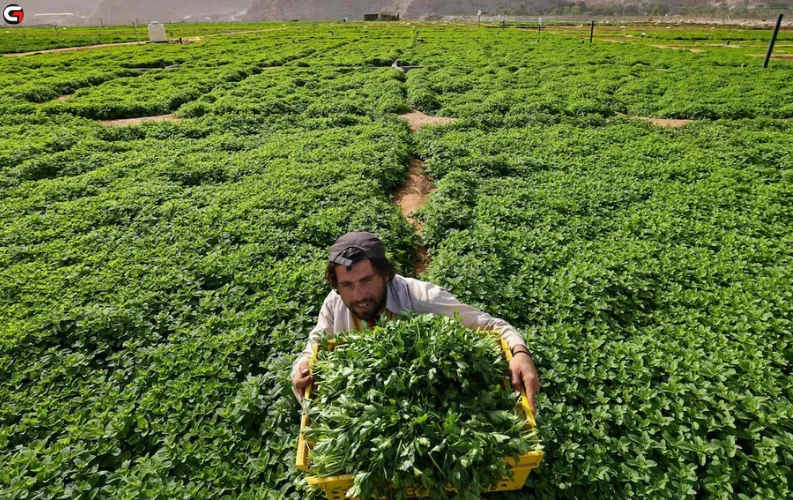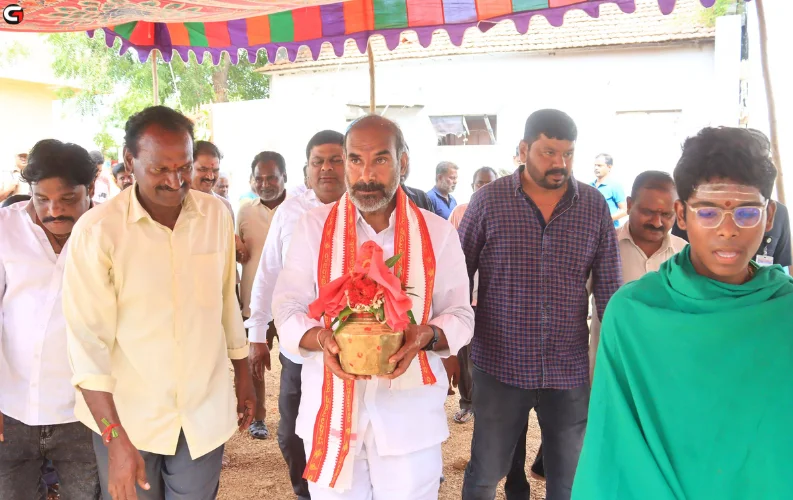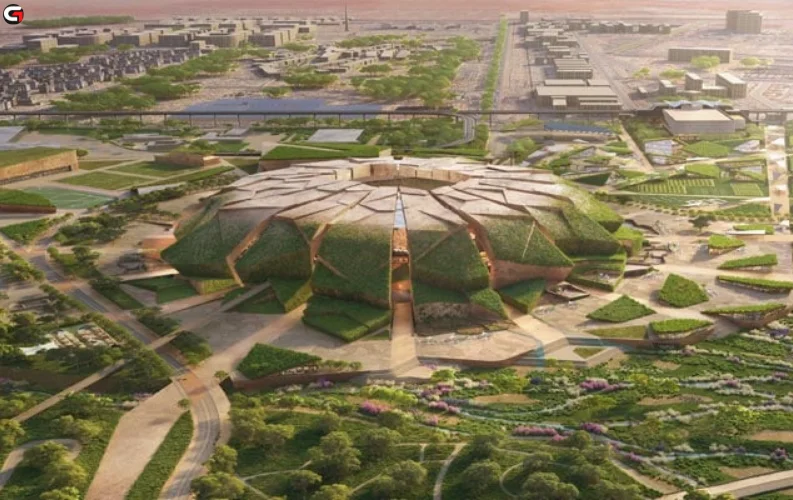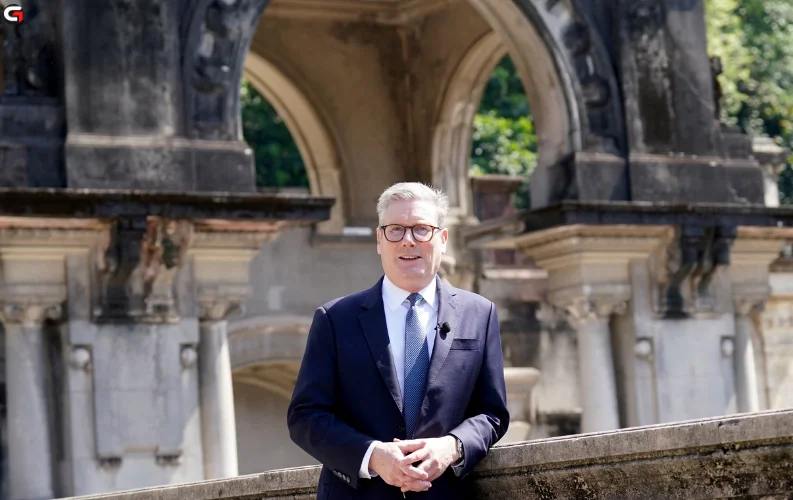The ancient Emirati Duroor system, which uses the stars to predict weather patterns and guide seasonal activities, is witnessing a modern revival in the UAE. This time-tested knowledge, deeply rooted in Emirati heritage, is being integrated into contemporary practices, from weather forecasting to sustainable agriculture.
The Origins of the Duroor System
Developed centuries ago, the Duroor system divides the year into 36 segments, each lasting 10 days. These segments are aligned with the Suhail star’s first appearance in the sky, which marks the beginning of the calendar year. The year is further divided into three main seasons of 100 days each—autumn, winter, and spring—with the remaining days representing summer.
Jumaa Khalifa Ahmed bin Thalith Al Hamri, an Emirati heritage researcher, explains:
“Our ancestors used the stars to calculate the timing of their activities. They knew exactly when certain stars would rise and set, guiding them on when to dive, farm, or prepare for changing weather.”
For instance, the sighting of the Suhail star marked the onset of cooler weather, signaling the end of the pearl diving season and the beginning of preparations for winter. Migratory bird sounds also played a role in predicting seasonal transitions.
Documenting and Revitalizing Ancient Knowledge
In 1995, a group of Emirati researchers, including Bin Thalith Al Hamri, undertook the task of documenting the Duroor system. They gathered data from elders who had used this celestial knowledge in daily life. After three years of research, the team created a comprehensive understanding of how the Duroor guided navigation, farming, and resource management.
Modern Applications: Agriculture and Sustainability
Today, Emirati farmers are leveraging the Duroor calendar to optimize planting and harvesting schedules, ensuring alignment with natural cycles and environmental conditions. This ancient wisdom is proving instrumental in avoiding agricultural disruptions caused by coastal winds or seasonal shifts.
For instance, planting wheat in August is discouraged due to coastal winds from the eastern shores near Khor Fakkan. Similarly, winds from the Levant region, known as Suhail winds, play a critical role in determining planting and harvesting times.
In Sharjah, agricultural initiatives supported by traditional practices like the Duroor are gaining traction. The Ruler of Sharjah has established farms integrating this knowledge, promoting a blend of heritage and sustainability.
Celebrating the Duroor System
To raise awareness about the significance of the Duroor, events like Duroor Nights are organized. Held at Wadi Modaynah Dam in Ras Al Khaimah on November 16, this stargazing event brought together participants to observe celestial phenomena and learn about the Duroor’s cultural and practical relevance.
Under a sky free from light pollution, attendees explored constellations, lunar craters, and the sun's descent using telescopes and specialized equipment. Led by experts like Mohammed Talafha, the event highlighted safe observational techniques and the interconnectedness of ancient practices with modern sustainability.
A Legacy for a Sustainable Future
Rauda Al Falasi, Deputy Project Lead for the Year of Sustainability, encapsulated the importance of the Duroor system:
“By observing the Duroor, we reconnect with the rhythms of our natural environment. This tradition offers profound insights into creating a more sustainable future.”
The Duroor calendar, a beacon of ancestral wisdom, continues to inspire modern solutions, fostering a deeper understanding of how traditional practices can guide us toward harmony with nature.





















